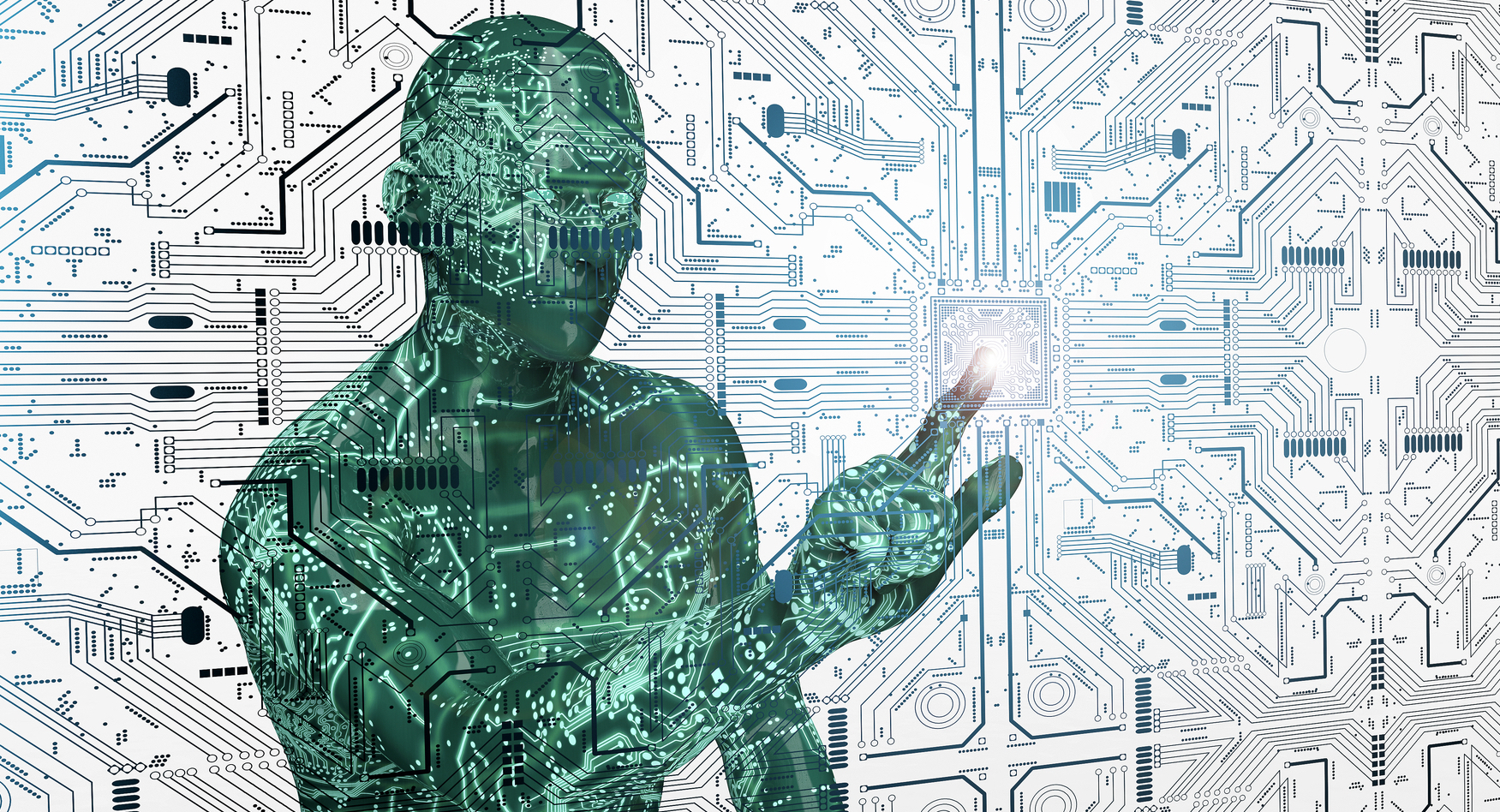
As oncologists search for more immunotherapies to help their patients fight cancer, scientists at UT Southwestern Medical Center and the University of Texas MD Anderson Cancer Center have turned to AI to help identify which cell surface peptides (small chains of amino acids) produced by cancer cells called neoantigens are recognized by the immune system.
“Neoantigens play a key role in the recognition of tumour cells by T cells,” the team explained in a report recently published in Nature Machine Intelligence. “(H)owever, only a small proportion of neoantigens truly elicit T-cell responses, and few clues exist as to which neoantigens are recognized by which T-cell receptors (TCRs).”
As explained in a release accompanying the report, mutations in the genome of cancer cells cause them to display different neoantigens on their surfaces. Some of these neoantigens are recognized by immune T cells that hunt for signs of cancer and foreign invaders, allowing cancer cells to be destroyed by the immune system. Others, however, seem invisible to T cells and can allow cancers to grow unchecked.
“Determining which neoantigens bind to T cell receptors and which don’t has seemed like an impossible feat. But with machine learning, we’re making progress,” said senior author Dr. Tao Wang, Ph.D., Assistant Professor of Population and Data Sciences at UT Southwestern.
According to the team, the ability to predict which neoantigens are recognized by T cells could help researchers develop personalized cancer vaccines, engineer better T cell-based therapies, or predict how well patients might respond to other types of immunotherapies.
“For the immune system, the presence of neoantigens is one of the biggest differences between normal and tumor cells,” said Tianshi Lu, first co-author with Ze Zhang, doctoral students in UT Southwestern’s Tao Wang lab. “If we can figure out which neoantigens stimulate an immune response, then we may be able to use this knowledge in a variety of different ways to fight cancer,” Ms. Lu said.
Part of the problem to date has been that there are tens of thousands of different neoantigens, and methods to predict which ones trigger a T cell response have proven to be time-consuming, technically challenging, and costly. The search for a better technique lead the researchers to machine learning.
For the study, the team trained the deep learning-based pMTnet algorithm using data from known binding or nonbinding combinations of three different components – neoantigens, proteins called major histocompatibility complexes (MHCs) that present neoantigens on cancer cell surfaces, and the T cell receptors (TCRs) responsible for recognizing the neoantigen-MHC complexes – then tested the algorithm against a dataset developed from 30 different studies that had experimentally identified binding or nonbinding neoantigen T cell-receptor pairs.
Among other things, pMTnet showed that neoantigens generally trigger a stronger immune response compared with tumor-associated antigens.
Photo by posteriori/Getty Images


